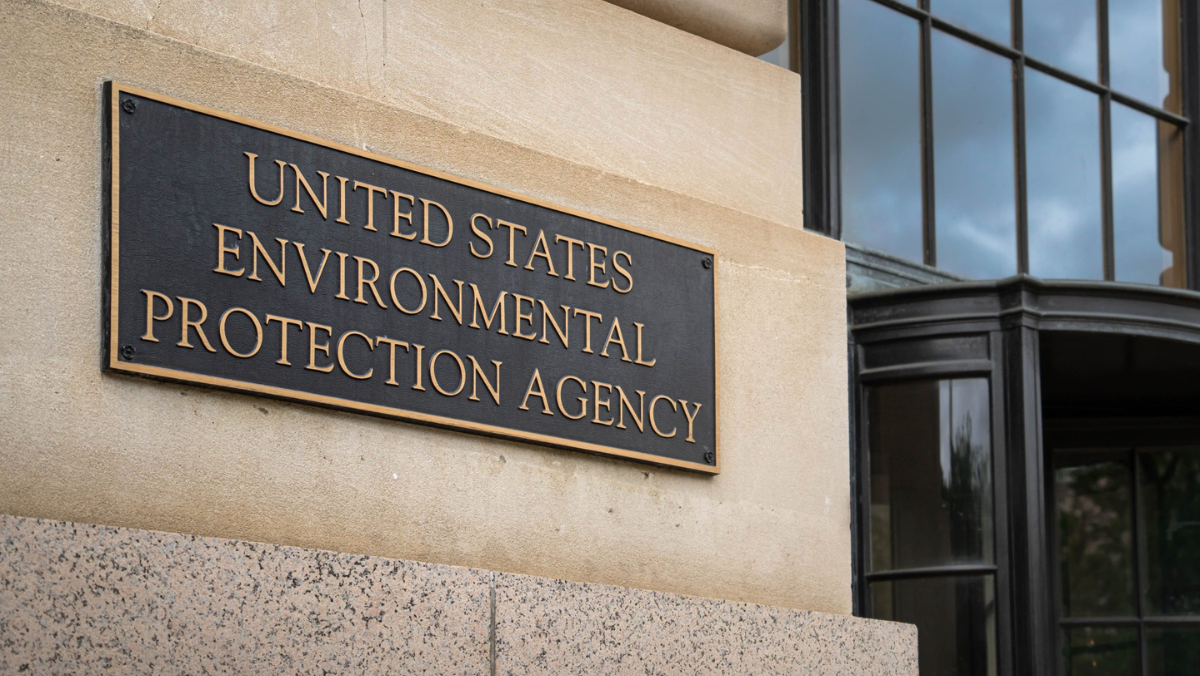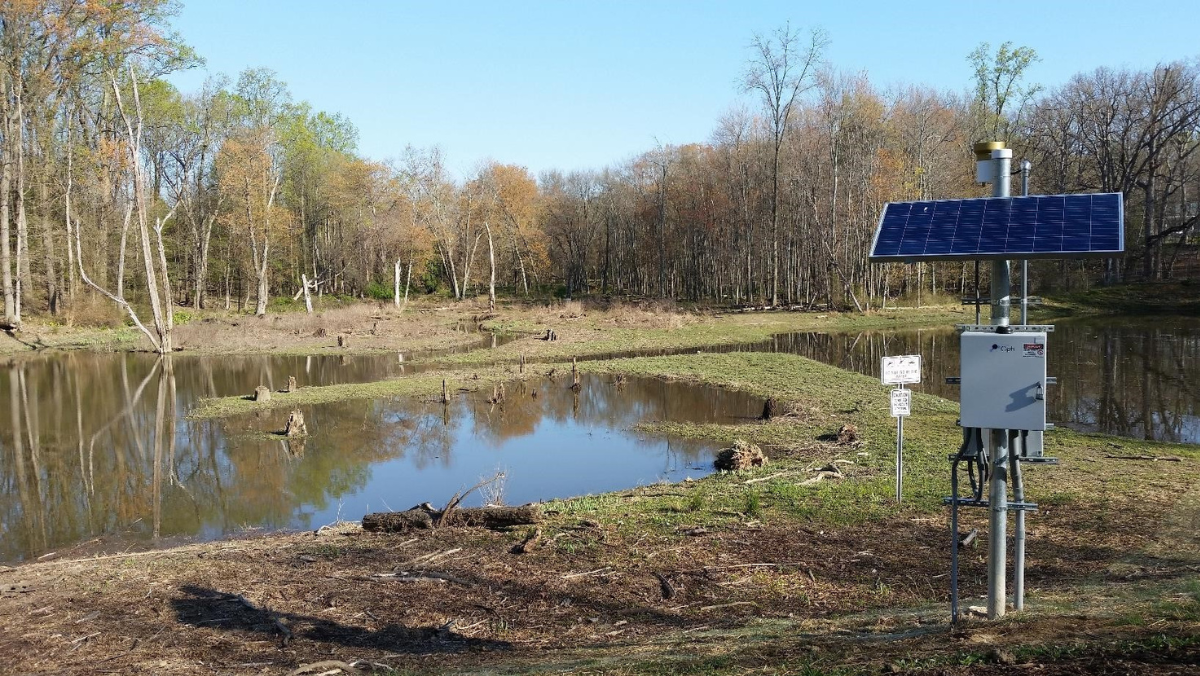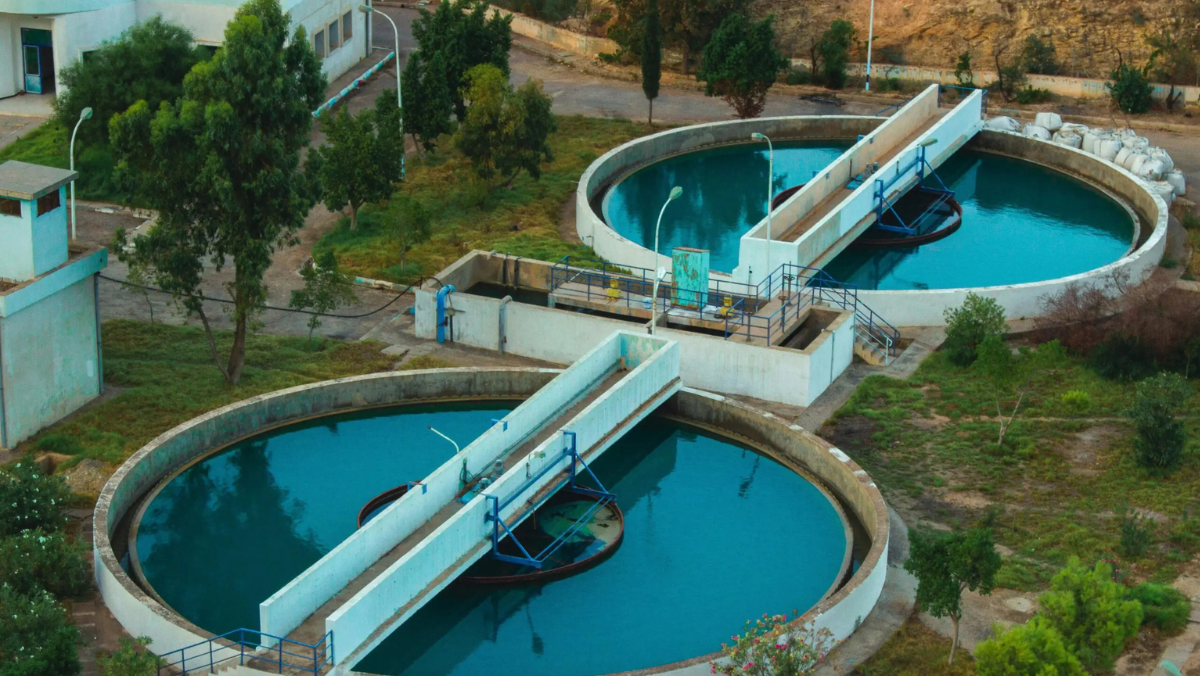REGULATORY
Designing for Dry: Why EPA’s “No Exposure” Rule Is Back in Focus
Industries revisit “no exposure” rule as they seek lower costs and tighter runoff control
6 Nov 2025

The US Environmental Protection Agency’s “conditional no exposure” exclusion under the National Pollutant Discharge Elimination System is drawing renewed interest from industrial operators seeking more efficient ways to manage stormwater.
The exemption, available in jurisdictions where the EPA oversees permitting, allows facilities to avoid stormwater discharge permits if all industrial materials and activities are fully shielded from rain, snow and runoff. To qualify, companies must certify that no exposure occurs and must renew that certification every five years, keeping records to demonstrate continued compliance.
While the regulation itself has not changed, environmental consultants say interest in the programme has risen as firms pursue cost reductions and sustainability targets. Facilities that meet the exclusion’s standards can limit monitoring and reporting expenses, freeing up funds for site upgrades or pollution-prevention investments.
Engineering and compliance specialists note that this renewed focus has led more companies to reassess site layouts and containment systems. Suppliers of covered storage, sealed drainage networks and weather-resistant shelters report growing demand from clients aiming to satisfy the EPA’s exposure criteria.
For older plants with open yards or outdoor handling areas, compliance remains challenging. Retrofitting to meet the standard can be costly, and the five-year recertification requirement adds administrative burden through regular inspections and documentation.
Although the EPA has introduced no new rulemaking, its “no exposure” framework continues to guide modern stormwater design. The agency’s 2023 factsheet on the exclusion describes it as a key element of industrial water-quality strategy, one that favours prevention over remediation and rewards operators able to demonstrate verifiable containment of potential pollutants.
At a time of heightened scrutiny on runoff and resilience, the approach is being revisited not as a regulatory loophole but as a model for aligning operational efficiency with environmental protection.
Latest News
17 Dec 2025
Stormwater’s Smart Turn Is Changing Urban Resilience15 Dec 2025
Billions Flow to Rebuild America’s Water Systems11 Dec 2025
Why Investors Suddenly Care About Stormwater4 Dec 2025
EPA Draft Rule Tests Industry’s Climate Nerve
Related News

INNOVATION
17 Dec 2025
Stormwater’s Smart Turn Is Changing Urban Resilience

INVESTMENT
15 Dec 2025
Billions Flow to Rebuild America’s Water Systems

MARKET TRENDS
11 Dec 2025
Why Investors Suddenly Care About Stormwater
SUBSCRIBE FOR UPDATES
By submitting, you agree to receive email communications from the event organizers, including upcoming promotions and discounted tickets, news, and access to related events.